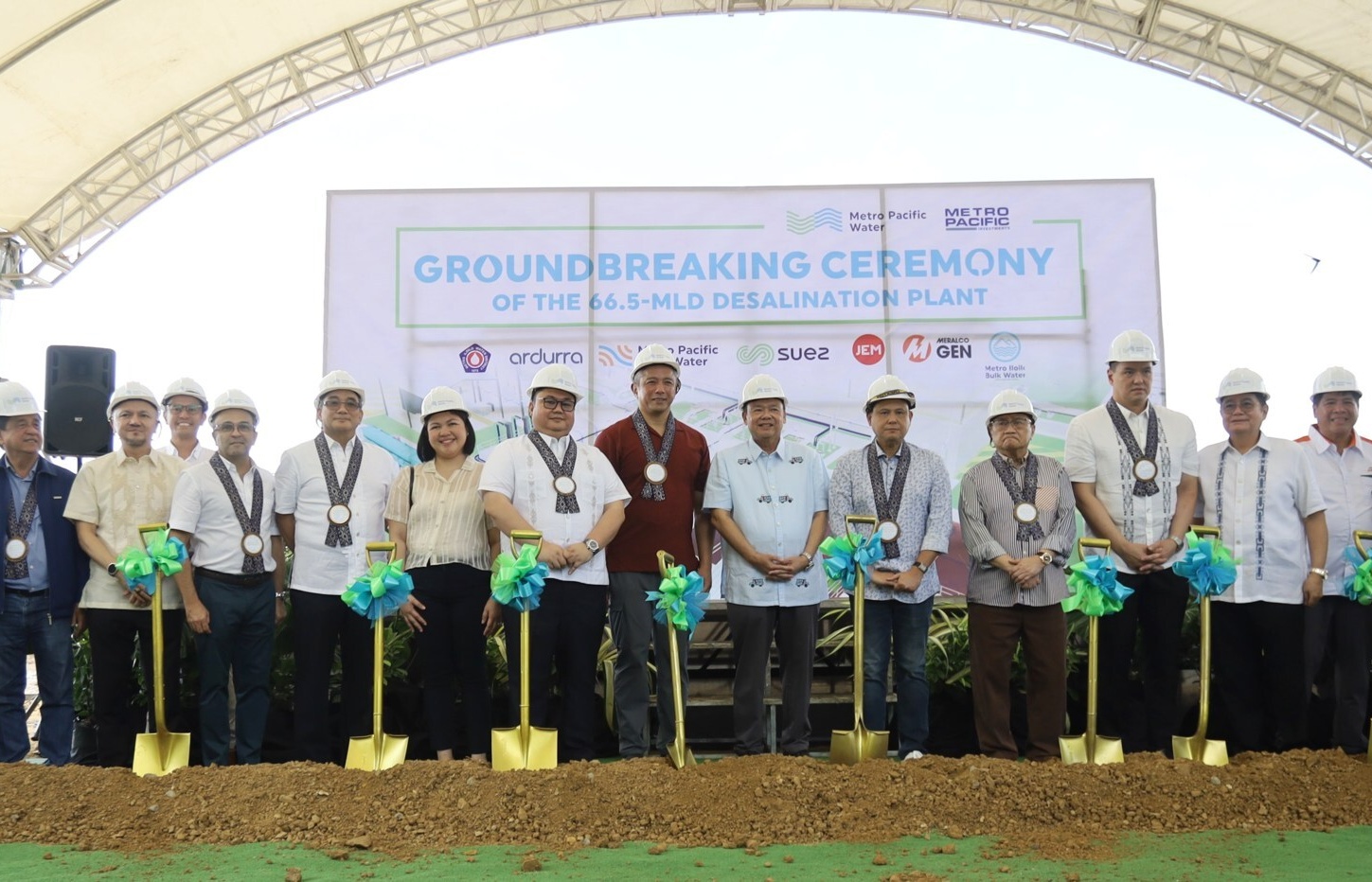Charging the country’s future – sustainably
 |
Koos Neefjes, climate change expert, former United Nations Development Programme policy advisor, and a consultant for development agencies and non-governmental organisations in Vietnam, provides some ideas and lessons for the country’s renewable ambitions.
Vietnam needs to increase its electricity supply for socio-economic development. Remote communities and low-income households need power, and the government, Electricity of Vietnam (EVN), and local electricity companies are making efforts to achieve that. Industry needs uninterrupted power because blackouts or backup generators are very costly.
Farmers need to pump water. Children need light to study at night. And everybody wants comfort, from a fan, TV, fridge, or air conditioner. In addition, Vietnam needs to take part in the international shift from internal combustion engines to electric transport which will happen over the coming 10-20 years, or sooner.
How much more power will be needed is not easy to predict. The government issued a revision of the national Power Development Plan (PDP) in 2016, with reduced long-term power demand projections.
Nevertheless, Vietnam would still increase electricity use faster than GDP growth, whereas other countries are aiming for faster GDP growth compared to power demand growth. On the other hand, the shift from petrol and diesel to electricity in transport was not considered in the revised PDP.
With a contrast of the government’s power development plans as the business-as-usual scenario, an Intelligent Energy Systems and Mekong Economics-authored study of alternative energy scenarios showed that over the period until 2050, Vietnam could transition to a future of 100 per cent renewable energy through energy efficiency measures and the rapid expansion of solar, wind, and biomass-based power. The renewable energy scenarios would be cheaper, cleaner, and would generate more jobs compared to business-as-usual – which would still be dominated by coal power. In the transition period, the existing coal power plants would be operating and would gradually use increasing amounts of biomass.
In 2016, several developed countries announced their intentions to phase out all coal power plants, though this will take time. In my country, the Netherlands, parliament voted in 2016 in favour of a complete phase-out of coal, which would mean closing five big plants – three of which were opened in 2015! These plants are more efficient and less polluting than most coal-power plants in the world, but the international climate change agreements mean that rich countries must reduce greenhouse gas emissions, especially from coal power. Furthermore, these plants are making financial losses as wholesale power prices are low in Europe because of renewable power from wind and solar parks. The three coal power plants are potentially stranded assets and huge financial losses are likely to be incurred: building them may have been a costly mistake.
In the state of Kentucky in the US there is a coal mining museum that is saving money with a solar photovoltaic (PV) system on its roof. Kentucky is still producing coal, but this case shows the future: coal is going to belong to history, and the history of coal power will be told using modern and clean energy.
Like in the Netherlands or Kentucky, this transition will be gradual in Vietnam and it is strongly driven by costs, which are different for existing and new coal power plants. Most of Vietnam’s existing coal power plants produce cheap electricity for three reasons: they use low-efficiency technologies; they are partly written-off or fully beyond their economic timeline, so they produce power for the cost of coal, operation, and maintenance only; and they use Vietnamese coal at below world-market prices.
But most new or newly-planned coal power plants use imported coal and they must use efficient technology, making them more expensive. The electricity from new coal power plants may cost 9 US cents per kilowatt hour (kWh) over their economic lifetime, and if they use the most efficient technologies and you add a tax on the greenhouse gas and other pollution that they will still produce, the production cost would increase to 10, 11, or 12 US cents/kWh.
This is higher than the feed-in-tariff (FiT) that is currently being paid for wind power in Vietnam (7.8 US cents/kWh) and the newly-approved FiT for solar PV power (9.35 US cents/kWh). And if Vietnam develops renewable energy capacities, the costs of solar PV and wind power are expected to become as low as 3, 4, 5, or 6 US cents/kWh, which is already happening in countries such as Chile and India. Renewable energy is or will soon be cheaper than coal power – not to mention its other advantages.
Vietnam’s total power production must increase, and it must do so in the cheapest manner. But “cheap” means that we must count all costs, including costs of pollution to people’s health and livelihoods, as well as costs to future generations. The necessity to build more power plants offers opportunities to avoid mistakes such as those in the Netherlands. Smart choices must be made, including the following:
- Put a stop to new coal power plant development.
lIntroduce a carbon tax or fee on the use of coal, and use the revenue for investments in a “smart” electricity grid or renewable energy. A carbon fee and a Renewable Energy Development Fund are included in the Renewable Energy Development Strategy, which was approved by the prime minister in 2015.
- Refurbish existing coal power plants to make them more efficient, as well as suited for absorbing biomass mixed into the coal.
- Improve the conditions for private investment in renewable power. This means for example that regulations must be issued for solar PV farms, such as standard power purchase agreements, and net metering regulations for solar PV rooftop systems of households and businesses should be installed so they can reduce their power bills like the museum in Kentucky.
- Invest in energy storage capacity, including “pumped storage” hydro-power lakes that are filled when there is excess solar or wind power and that generate power when there is a shortage. This is already in the national Power Development Plan.
- Invest in “smart grid” infrastructure and equipment, to manage power demand and supply in a dynamic manner, and manage multiple sources of decentralised power production.
Vietnam must aim for a clean and green future, with energy for all, modern and efficient industry, and electric transport. Young Vietnamese that I have spoken with almost unanimously agree with that vision, and it is also consistent with government policies. But practical choices made right now affect the long term, because power plants have an economic lifetime of 25 years and they may operate for even longer. Vietnam should “lock in” a green future with wind turbines and solar PV farms instead of becoming dependent on imported coal for decades.
Domestic coal can be used for steel production and to keep feeding existing coal power plants as Vietnam increases renewable power capacity. Existing coal power plants should also be made ready to mix coal with wastes from agriculture or sustainably-produced biomass.
| RELATED CONTENTS: | |
| Green Growth Strategy stirs up local power mix | |
What the stars mean:
★ Poor ★ ★ Promising ★★★ Good ★★★★ Very good ★★★★★ Exceptional
Latest News
More News
- Vietnam should seek dialogue to cope with reciprocal tariff policy (April 04, 2025 | 11:20)
- 46 per cent US tariffs to pose big challenges for Vietnam (April 03, 2025 | 18:05)
- National Innovation Centre launches AI training initiative (April 03, 2025 | 11:15)
- UK seafood to make a mark in Vietnam (April 02, 2025 | 15:54)
- Alibaba's Cainiao opens automated sorting centre to tap e-commerce sector (March 31, 2025 | 11:33)
- Proposal to tighten penalties for securities violations (March 28, 2025 | 17:20)
- Ministry of Finance proposes reduction in preferential import taxes (March 28, 2025 | 16:16)
- South Korean investors express interest in developing IFC in Ho Chi Minh City (March 28, 2025 | 13:52)
- UK-Southeast Asia Tech Week explores new digital frontiers (March 28, 2025 | 11:35)
- Danish investments driving Vietnam's green transition (March 27, 2025 | 15:06)

















 Mobile Version
Mobile Version